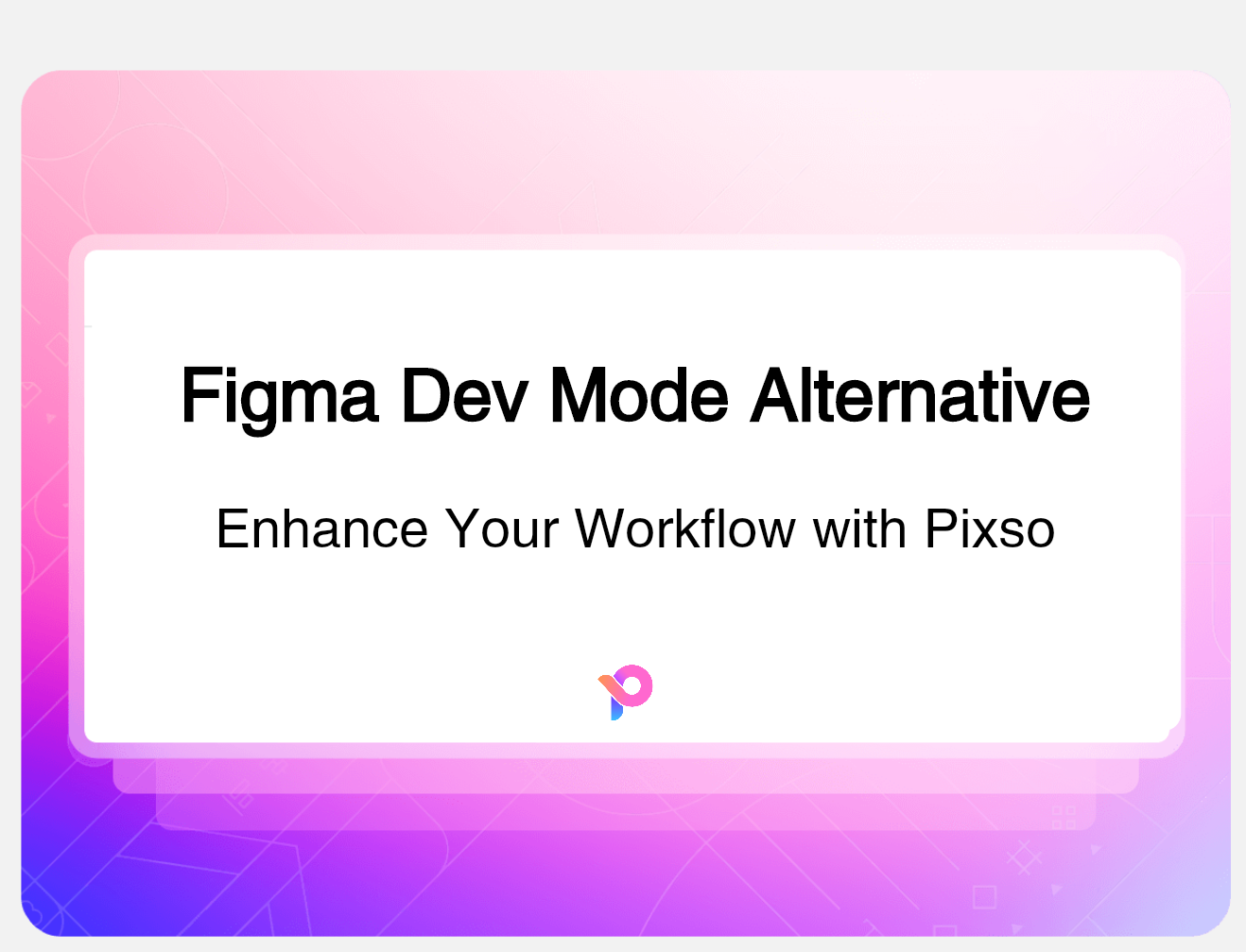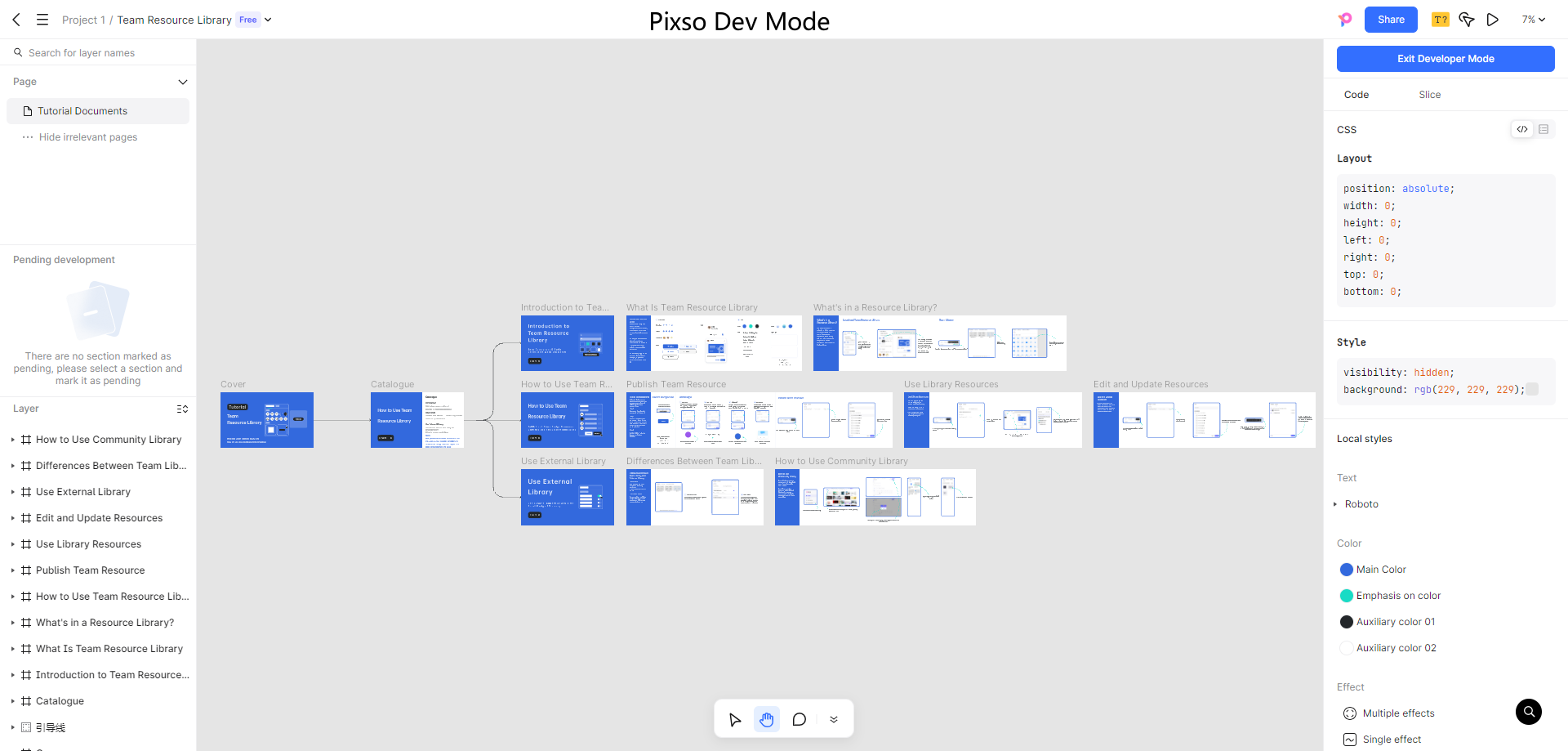In the ever-evolving world of web design, creating an engaging user experience is paramount. One technique that has gained significant popularity is the parallax effect. This method adds depth and movement to web pages, captivating users and enhancing storytelling. By understanding what is parallaxing effect, its benefits, and how to implement it effectively, designers can create immersive experiences that keep users coming back for more.
What is Parallaxing Effect?

Source: YouTube
The parallaxing effect refers to the optical illusion of depth created when objects at different distances move at varying speeds. In web design, this is achieved by layering images and elements, allowing background images to move slower than foreground content as users scroll. This technique creates an engaging visual experience, making websites feel more dynamic and interactive.
Parallax scrolling effect can be applied in various ways, from simple scrolling backgrounds to complex animations that enhance the narrative of a website. By manipulating the movement of different elements, designers can guide users through a story or highlight key information, making the browsing experience more enjoyable.
Benefits of Parallax Effect
Incorporating the parallax effect into web design offers several advantages:
- Enhanced User Engagement: The movement and depth created by the parallax scrolling effect capture users' attention, encouraging them to explore the site further. This heightened engagement can result in extended visit durations and reduced bounce rates.
- Improved Storytelling: The parallax effect allows designers to craft compelling narratives. By using movement to reveal information progressively, websites can guide users through a story, making the content more memorable.
- Visual Appeal: A well-executed parallax design can significantly enhance the aesthetic quality of a website. The depth and motion add a layer of sophistication, making sites look modern and polished.
- Brand Differentiation: In a saturated digital environment, it's essential to distinguish yourself. The parallax scrolling effect can set a brand apart by providing a unique and enjoyable user experience that visitors are unlikely to forget.
- Responsive Design: When implemented correctly, the parallax scrolling effect can enhance responsiveness. It allows for seamless transitions and interactions across devices, maintaining a consistent experience for users whether they are on a desktop or mobile device.
Examples of Parallax Effect in Web Design

Source: Wikipedia
Numerous websites have successfully utilized the parallax effect to create engaging experiences. Here are a few notable examples:
- Apple: Known for its clean and modern design, Apple employs the parallax scrolling effect in its product pages. As users scroll, product images and details transition smoothly, creating a captivating story around each product.
- Spotify: The music streaming giant uses the parallax effect on its promotional pages to showcase playlists and features. The dynamic movement not only draws attention but also enhances the overall visual appeal of the site.
- Nike: Nike's website features a stunning parallax design that highlights its latest products and campaigns. The layered visuals create an immersive experience, encouraging users to explore more.
- Walt Disney: Disney's sites often incorporate the parallax scrolling effect to bring its stories and characters to life. The movement enhances the narrative and immerses users in the magical world of Disney.
- The New York Times: The media outlet uses the parallax effect in storytelling articles, allowing users to scroll through a narrative enriched with images and animations that complement the text.
How to Use a Parallax Effect at Pixso

Creating a parallax effect in your designs can be easily accomplished using Pixso, a versatile design tool. Here's how to get started:
- Set Up Your Project: Begin by creating a new project in Pixso. Choose a template or start from scratch, depending on your design needs.
- Layer Your Elements: Import images and design elements that you want to use in your parallax scrolling effect. Arrange these elements in layers, with background images placed behind foreground content.
- Adjust Movement Speeds: In Pixso, you can control the speed of each layer as users scroll. Set the background layers to move slower than the foreground elements to create the desired depth effect.
- Add Interactivity: Use Pixso's interactive features to enhance the parallax effect. Consider adding animations or transitions that further engage users as they scroll through the page.
- Test and Iterate: Preview your design to see how the parallax scrolling effect performs. Make adjustments as needed to ensure a smooth and enjoyable user experience.
- Export and Implement: Once you're satisfied with your design, export it and implement it on your website. Ensure that the parallax effect works well on different devices and screen sizes for optimal responsiveness.
Final Thoughts
The parallax effect is a powerful tool in web design that can significantly enhance user engagement and storytelling. By understanding its benefits and how to implement it effectively, designers can create unique and memorable experiences that captivate users. With tools like Pixso, incorporating the parallax effect into your designs becomes an accessible and streamlined process. As you explore this dynamic technique, remember that thoughtful execution is key to maximizing its potential in your web projects.





